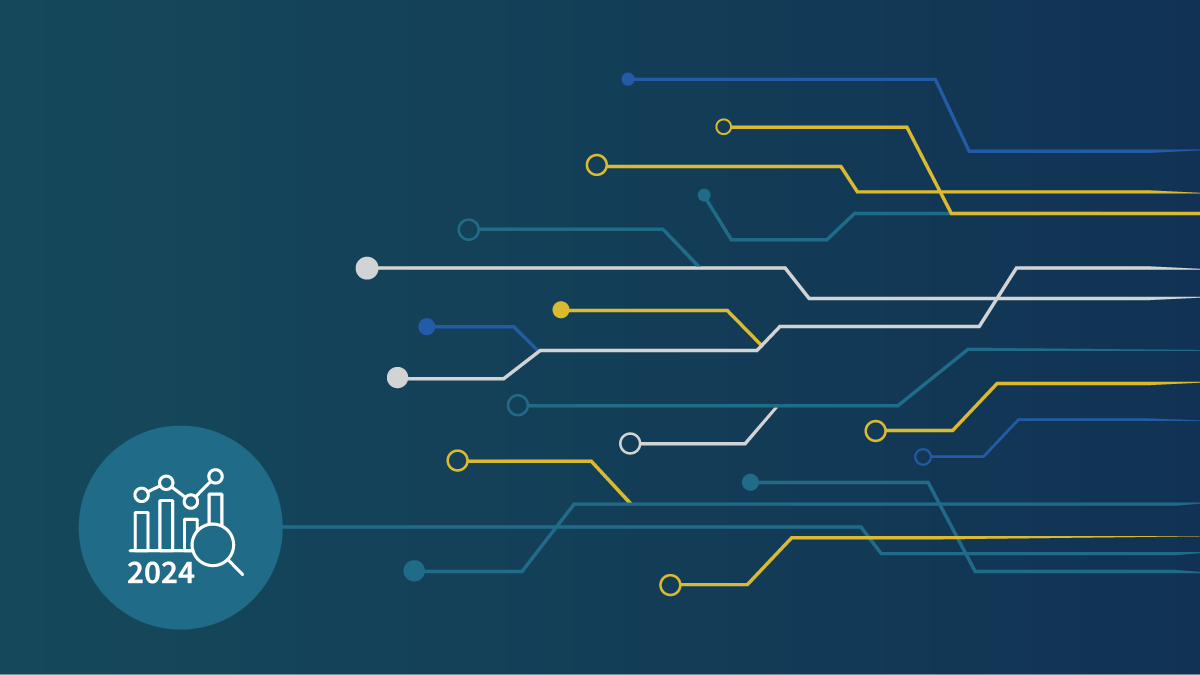At a glance

CDC receives faster and more comprehensive data
Over 80% of all non-federal emergency departments are sending data to CDC enabling more comprehensive monitoring of emerging and ongoing public health threats and their impacts.
CDC is receiving anonymized electronic initial case reports for 30 notifiable conditions, supporting early detection and response to disease threats.
States and local jurisdictions are submitting SARS-CoV-2 wastewater results to CDC within seven days of sample collection, as well as submitting results for mpox, RSV and influenza A, enabling faster detection of emerging public health threats.
More states have established an automated data feed and are submitting near-real-time hospital bed capacity data to CDC. This is helping to reduce the burden on hospitals and STLTs and enabling faster and more accurate monitoring of hospitalizations.
Healthcare facilities are submitting healthcare measures to CDC using a FHIR®-based exchange,A reducing the reporting burden on hospitals and enabling faster sharing of critical healthcare data.
Automated data exchange is saving time and costs
More states are able to reduce the time and personnel costs spent sending and receiving mortality data. Vital statistics data are arriving in state, tribal, local, and territorial (STLT) health departments faster than ever before. Jurisdictions adopting FHIR are able to take full advantage of the speed at which the data arrive.
Fifty-three percent of jurisdictions are receiving electronic case reporting (eCR) data for at least three-quarters of their reportable conditions, improving the completeness and timeliness of critical case data.
The nation now has faster detection of anomalies in health status among rural communities at the STLT and national levels because 600 out of 1,355 critical access hospitals are now reporting via eCR.
Counties and states are in the process of adopting the National Electronic Disease Surveillance System Base System (NBS). This will reduce time spent preparing and harmonizing public health data by hand.
More tribal nations and Tribal Epidemiology Centers are now receiving eCR data directly, giving them complete and timely access to case data in order to detect health threats in their communities.
Data accessible to inform decisions
Healthcare providers, public health jurisdictions and the community at large have access to aggregated community-level information on more diseases and conditions. The data are presented in a way that is easy to understand and act on.
STLTs and CDC now have access to integrated data and visualizations on Legionnaires' disease, psittacosis, measles, H5N1 and Lyme disease/tick bites available in a single platform and within two to three days of when CDC receives the data.
Public health is harnessing the power of artificial intelligence through such uses as TowerScout — a public health tool for rapid detection of cooling towers — which can cause the spread of Legionella bacteria when they are improperly maintained.
CDC also established the One CDC Data Platform (1CDP) in 2024. 1CDP is the unified data platform supporting CDC's routine public health surveillance and emergency response needs. It connects CDC and partners to shared tools, capabilities and data in one place. 1CDP allows us to better prepare for, detect and respond to public health threats quickly.